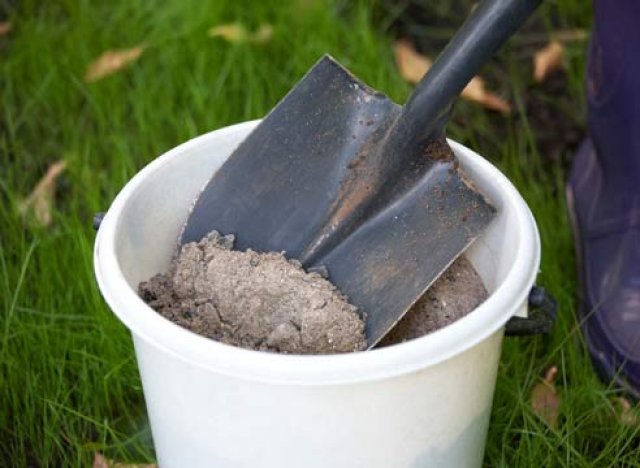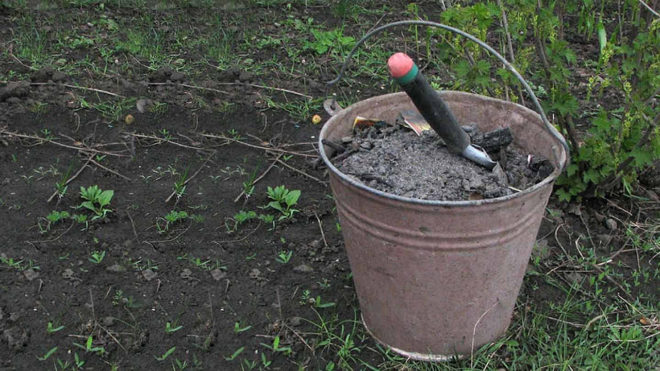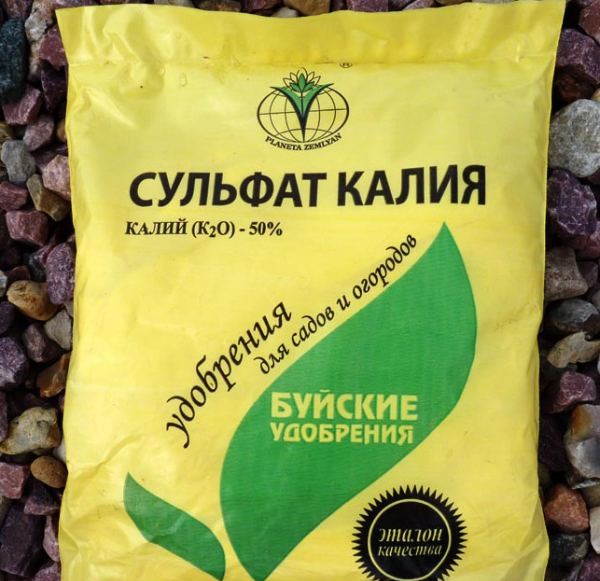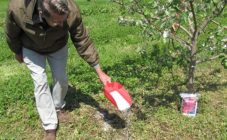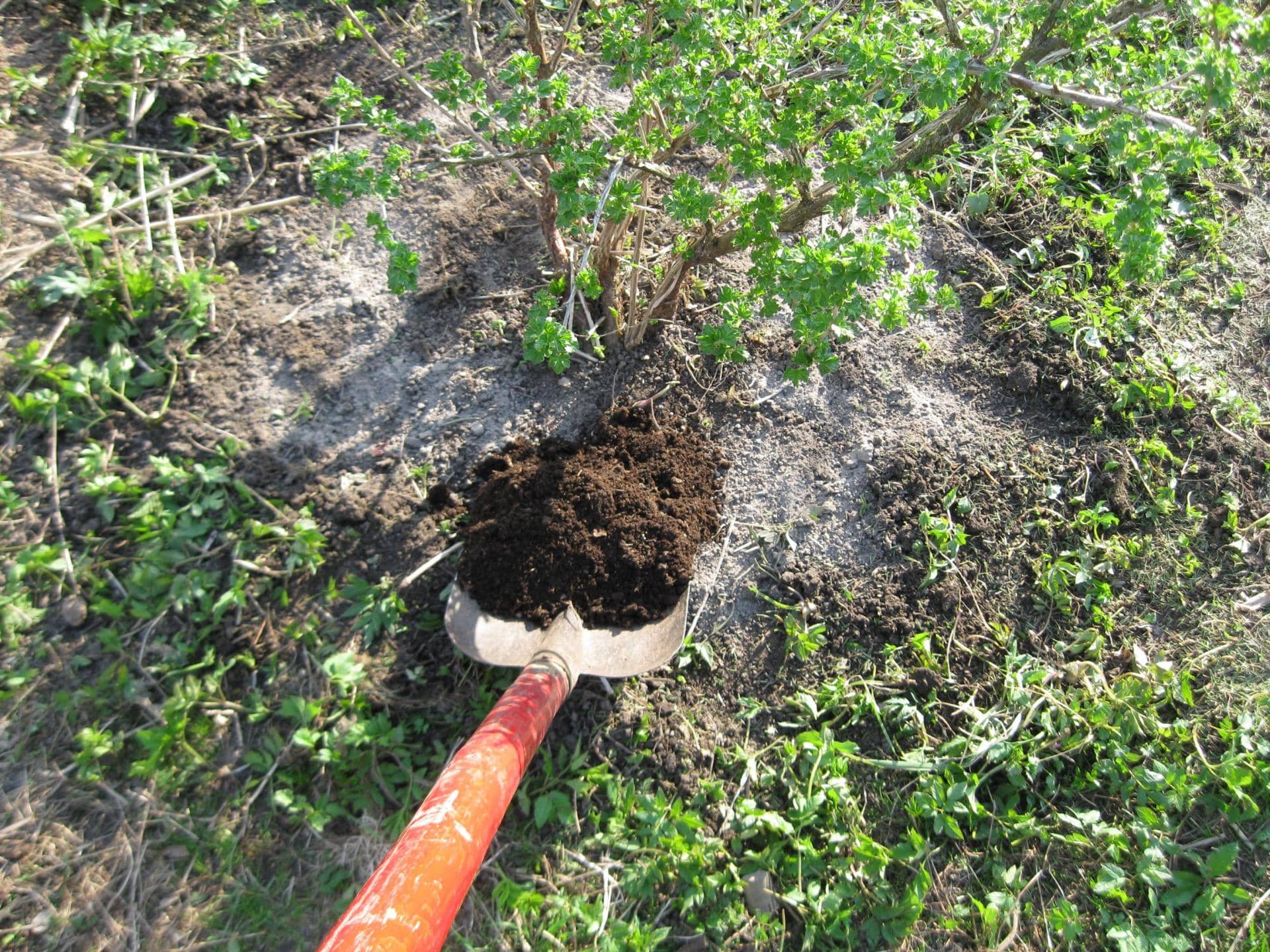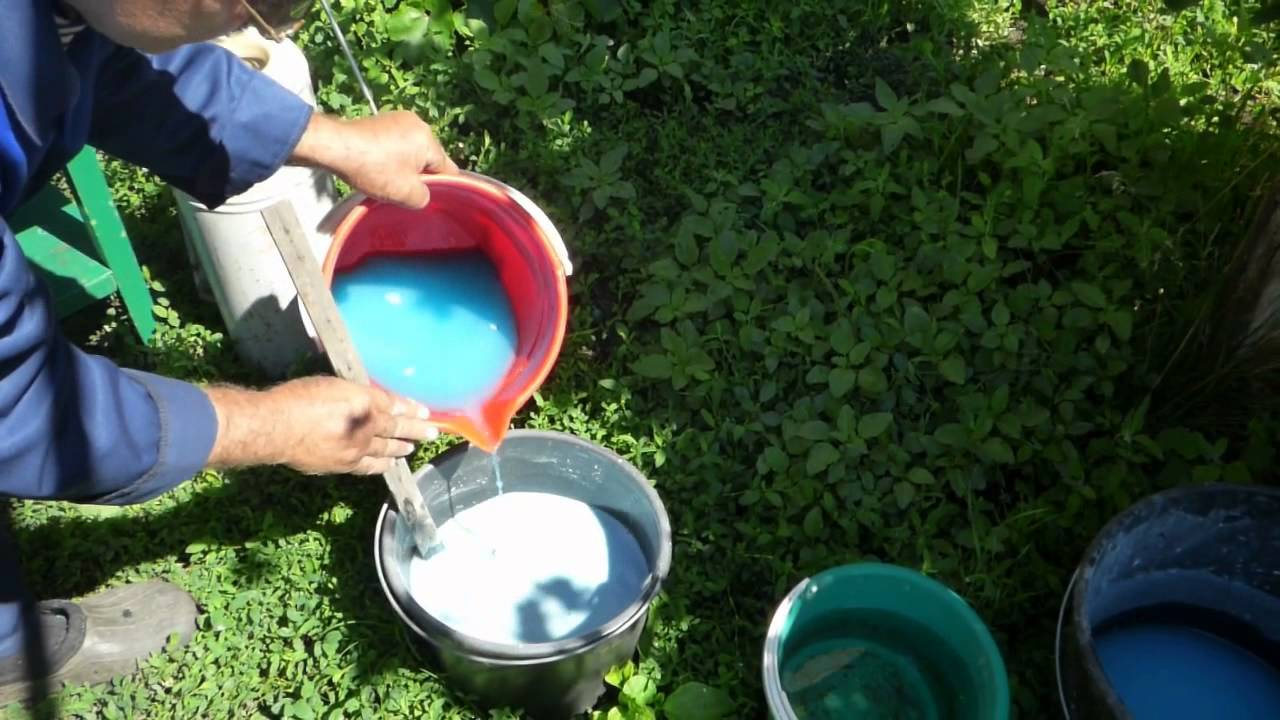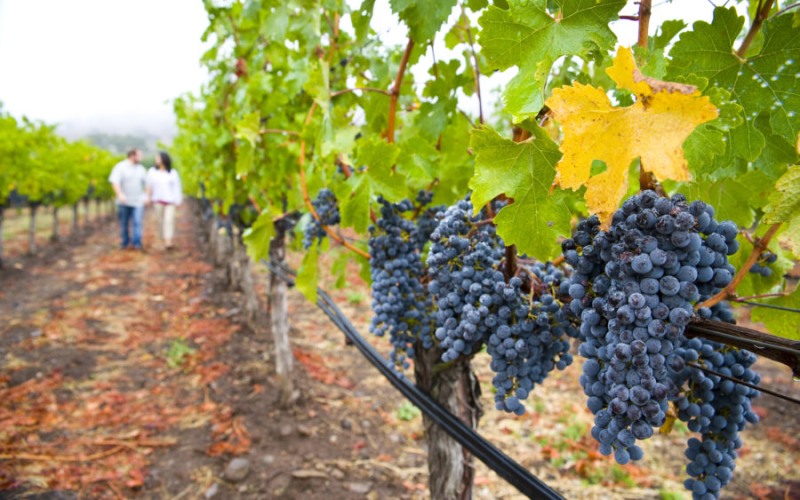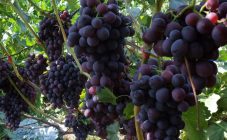Viticulture is one of the oldest occupations on earth. In those distant times, our ancestors did not know what chemicals were, but they already fully used the components given by nature to grow grapes and other plants. One of them is wood ash.
Ash feeding
Fertilizer in the form of ash on your site can be made from straw, dried weeds, waste from wood - almost anything is suitable. Ash is used to lower the acidity of the soil, protect plants from various fungal diseases, and increase the content of nutrients in the soil.
Ash is considered an organic fertilizer, which contains a large amount of potassium, phosphorus, calcium, magnesium, boron and other trace elements. Their ratio depends on the material being burnt.
For example, from sunflowers, nettles, weeds and young shoots, ash is obtained, in which potassium prevails. And from an old tree, potato tops - calcium. The most useful components for grapes are contained in birch, spruce, oak.
It is worth remembering that any fertilizer dissolves gradually in the ground. Before it reaches the roots, it is processed by microorganisms located on the soil surface.
Ash can dissolve in the ground for up to 4 years, gradually fertilizing the plant. Therefore, this product is so loved by gardeners and specialists.
Methods for feeding grapes
In spring, ash can be used dry or liquid. In the first case, the ash is simply scattered over the surface of the earth. About a liter jar of gray matter is poured under one grape bush.
Then the soil is covered with mulch to prevent moisture evaporation and left as it is. Because in dry soil, microorganisms suspend their activity and organic matter is not processed at this time.
In the second method, the ashes are insisted for 5 - 7 days in a bucket of water. The proportions are as follows: 250 - 300 g of ash per 10 liters. water. The mixture must be stirred regularly. After cooking and settling, the liquid is diluted with water and the furrows around the bush are watered. In this variant, nutrients reach the roots of the plant faster, which promotes better growth.
Both options refer to the root fertilization method. However, there is also a method outside of root feeding.
To do this, you need to take 300 g of ash and 3 liters of water. Mix them up. Before insisting the ash to spray the grapes, it must be boiled, then cooled and filtered. It is better to grate the resulting mixture with laundry soap for better adhesion to the leaves. The total volume of the ash-water solution must be brought to at least 10 liters. You will need to spray the lower part of the sheet.
It is advisable to apply foliar dressing before fruiting. Otherwise, a bloom will remain on ripe fruits, which will ruin their appearance and taste.
There are times when root dressing does not work. This is due to the formation of salts in the soil due to the reaction between the soil and the applied components.Fertilizers dissolve in the ground and reach the root system only after a few rains.
Therefore, growers prefer to spray on the leaf, which gives the result almost immediately. This method uses less water and fertilizer.
How to feed properly
In order for the fertilization to be beneficial for the plant, you need to know how to properly feed the grapes with ash.
- The first feeding should be done in the spring, after the last frost.
- Spray the leaves in cloudy weather. They should not be exposed to the rays of the sun.
- Before flowering grapes, it is permissible to jointly produce root and foliar dressing.
- Spraying is necessary for the bush not only in spring, but also in summer. The boron contained in the ash will increase the amount of sugar in the berry.
- The simultaneous use of ash and chemicals from pests is not allowed, because there is an increase in toxicity.
Feeding helps the shrub recover after a harsh winter, increases the plant's immunity. But it is worth remembering that any feeding of grapes with ash in spring should be moderate. Otherwise, the plant will receive an excess of fertilizer and the consequences will appear quickly enough:
- The growth and development of the bush will stop.
- The acidity of the soil will be disturbed.
- Along with useful substances, ash contains metals, which negatively affects the taste of the berry.
- If trees grown in industrial areas are used along roads, all harmful elements will get into the soil. In this case, it is especially necessary to observe moderation in the use of ash.
Wood ash as fertilizer for grapes should alternate with rotted manure. This will preserve the composition of the soil and not lose the development of planting material.
Ash versus other fertilizers
If ash is used as a deoxidizer, dolomite flour can be used instead. Another option is fluff lime. How much fertilizer to apply depends on the degree of acidification of the soil: a composition is added to a very acidic one at the rate of 500 g per 1 sq. m.
Mineral fertilizers that are closest in their chemical composition to ash are potassium sulfate and superphosphate. They are each used separately in the form of aqueous solutions.
Ash is brought into the ground during digging together with manure, peat, compost, humus. On light sandy soils - in spring, on clayey heavy soils - in autumn. In such a mixture, humus is formed faster.
Mixing ash and fresh manure reduces the amount of nitrogen. It is undesirable to use it with mineral fertilizers containing a lot of phosphorus. There will be an overabundance of substances, and the availability of phosphorus to the shrub will decrease.
The most complete fertilizer is considered organic - waste of plant and animal origin. Mineral fertilizers, which include ash, give the soil only nutrition. They do not affect its composition as comprehensively as organic ones.
Therefore, it is recommended to use ash as an additive to organic matter. For example, mix 1 part manure and 3 parts water, let stand for 7 days. In 10 liters of water, 1 liter of the resulting mixture is dissolved, 200 g of ash is added, mixed and used.
But already in August, nitrogen feeding stops, because young lashes can freeze out in winter. But you can continue feeding with ash.
Thus, the use of ash when growing a vineyard allows you to increase the immunity of the shrub, nourishes it with useful substances, and protects against pests and diseases.
